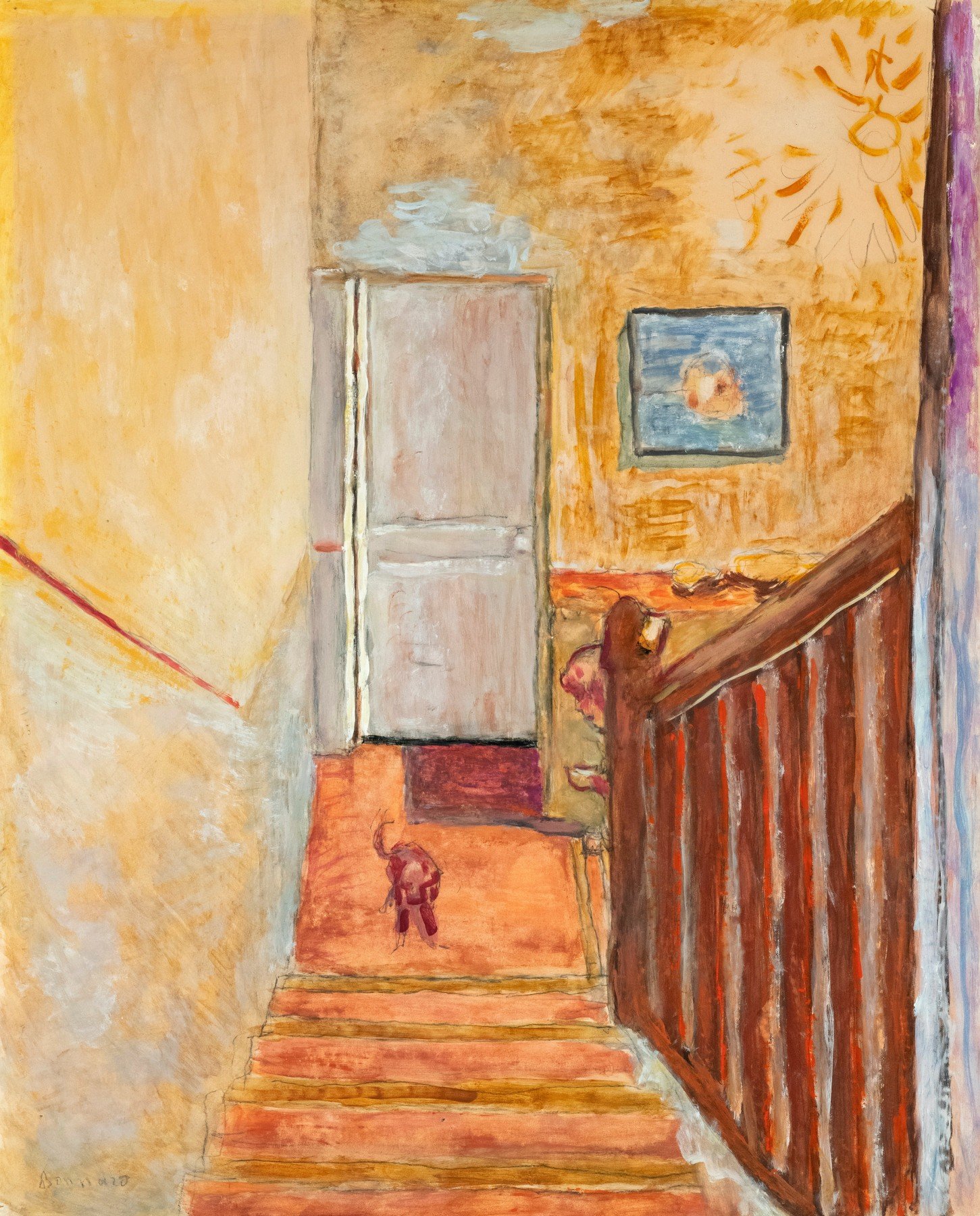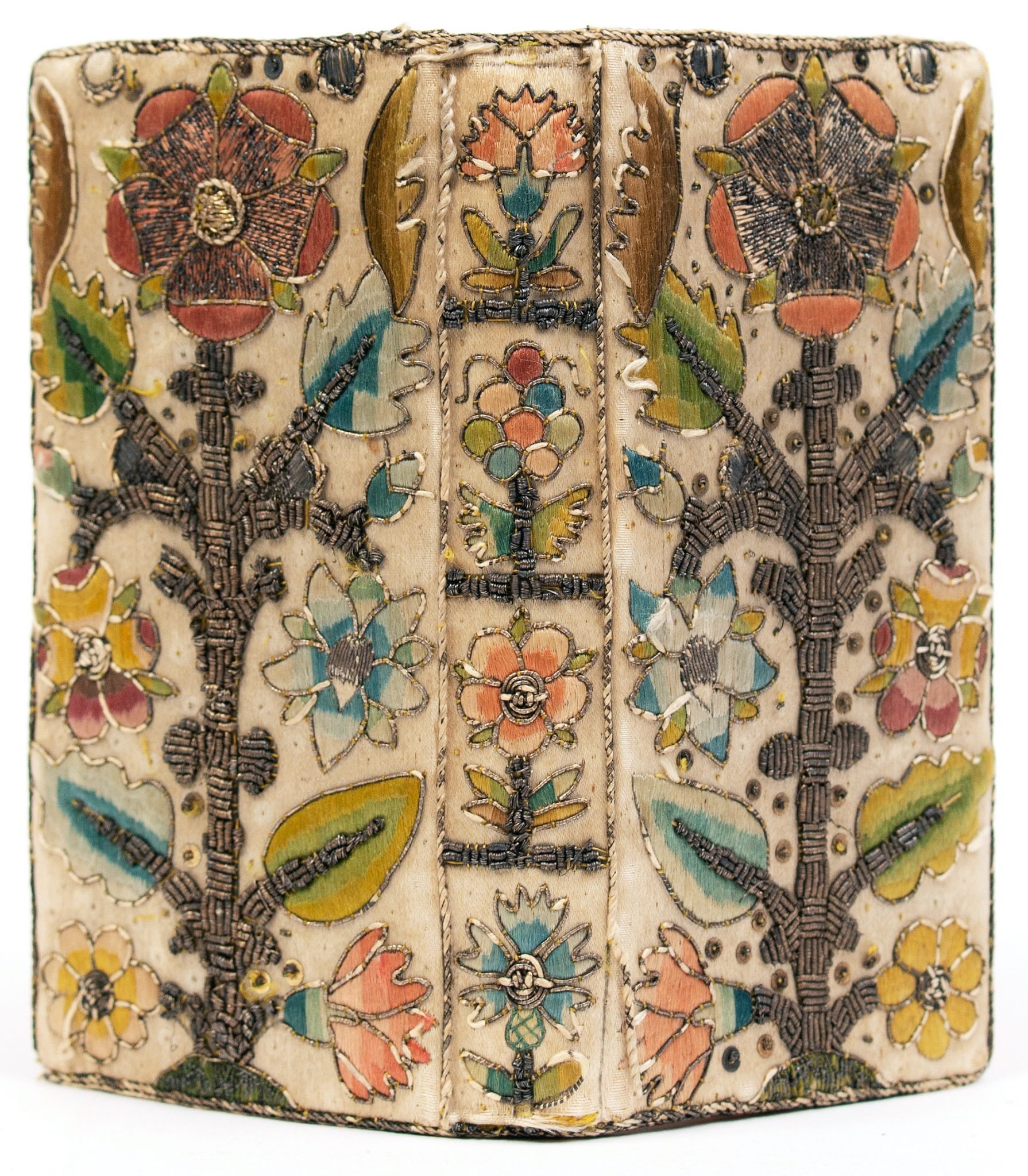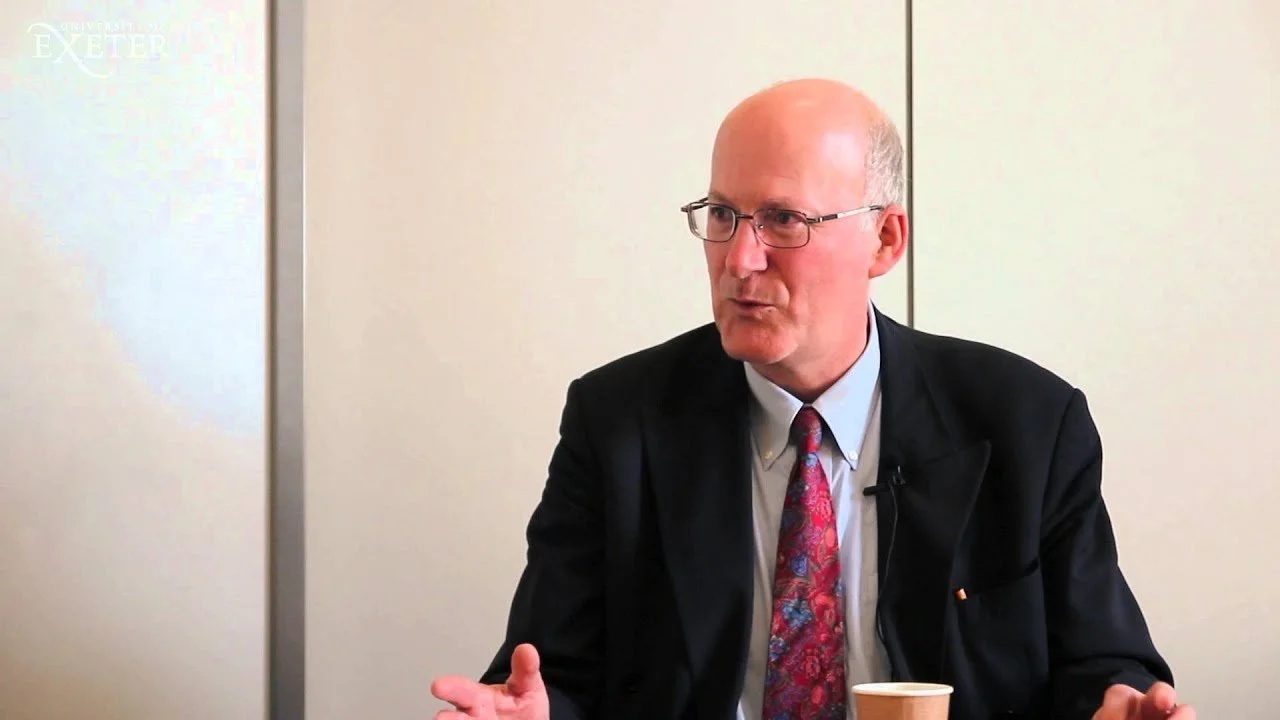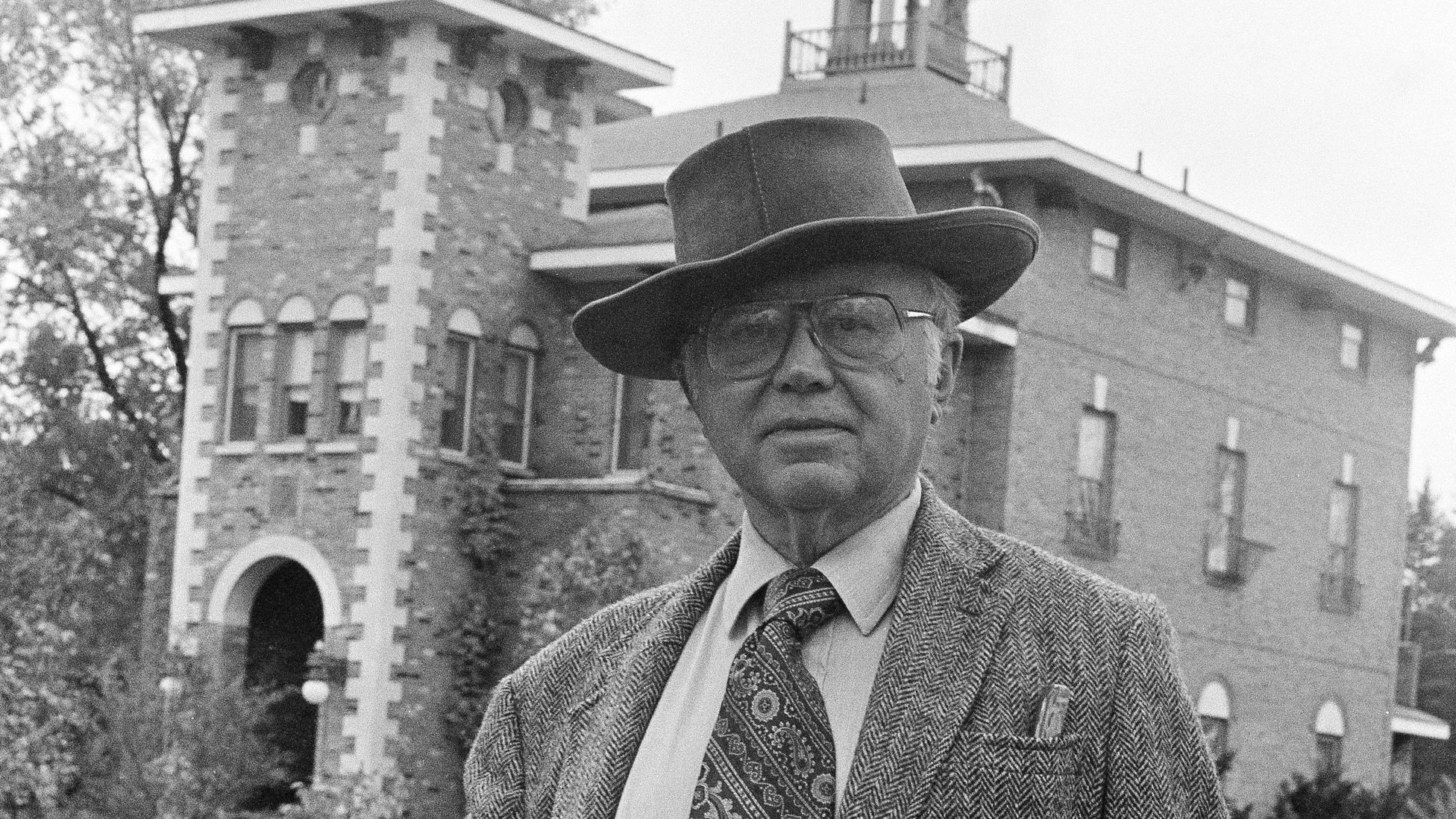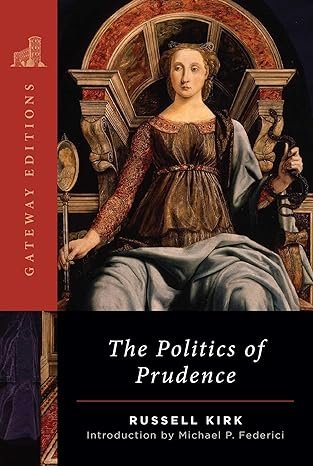THE NEW CRITERION, March 2024
On the Winter Show, Master Drawings New York, “Whodunit? Key Books in Detective Fiction,” “Judging a Book by Its Cover: Bookbindings from the Collections of the Grolier Club” & “Masters Week.”
In late January, The Winter Antiques Show returned to the Park Avenue Armory. Correction: make that “The Winter Show.”1 Five years ago, as this venerable exposition fell under new management on its sixty-fifth anniversary year, the word “antiques” was struck from its title. Like that brown furniture in your grandmother’s attic now scented with camphor and racism, the past has lost its market value to the present. Against the mystery cult of the new, who dares to appear antique?
And so, much of The Winter Show in recent years has felt like Terminal D Duty Free. Aisles of bangles, baubles, and beads make the presentation an ahistorical muddle. Maybe this is the point. How better to get “younger collectors interested in material culture at large,” in the words of expo leadership, at the Young Collectors Night DJ party? Fortunately, it has not all been out with the old and in with the new for what remains arguably America’s most important antiques fair. Now seventy years old, The Winter Show’s ten-day assembly of dealers should be seen as an heirloom event—one dedicated to benefiting the East Side House Settlement, now in the South Bronx, as it has since the fair’s founding in the 1950s.
John Vanderlyn Jr., Santa Claus, 1845, Oil on canvas, Jeffrey Tillou Antiques, New York.
Beyond the gewgaws, this year’s Winter Show presented a welcome homage to its own past. Mixed in among the booths of some seventy dealers, an exhibition titled “Focus: Americana,” curated by Alexandra Kirtley of the Philadelphia Museum of Art, brought together pieces from several of the show’s historical exhibitors, some of whom still participate, and others who left long ago. Taken together, this fascinating assembly spoke to the importance of The Winter Show in raising the profile of American antiques over its seven-decade run and made the case for their value today.
Highlights here were many, including a tall case clock by Major Timothy Chandler, circa 1810, along with a fire screen “with framed theorem still life,” circa 1830, both on view from David A. Schorsch–Eileen M. Smiles Fine Americana. Olde Hope offered up a pine overmantel panel with a vernacular painting of a white house from New York or New England circa 1820–40. Levy Galleries brought a Hepplewhite mirror with an original floral finial and an eglomise-gilded panel of a farm landscape, made in New York circa 1795. Jeffrey Tillou Antiques presented a portrait of Santa Claus “painted in 1845 by John Vanderlyn for the cabin on the river steamer Santa Claus—owned by Ezra Fitch,” according to a label on its verso. Allan Katz Americana brought a whirligig of a New York Seventy-ninth Infantry Regiment Highlander in tartan parade attire, the only known such carving in existence, from circa 1860–80. Meanwhile Kelly Kinzle Antiques presented “Richard Andrus, His Horn Made at Roxbury October 5th 1775,” a decorated powder horn attributed to the Simsbury Carver. Also from Kinzle was a miniature wall clock of mahogany and painted glass signed by David Brown, circa 1820, and a harvest face-jug by Charles Decker—an expressionist example of Tennessee’s Keystone Potter circa 1875. Altogether, the presentation of “Focus: Americana” revealed the wonder and strangeness of American craft, with pieces that rose to the level of fine art while retaining their folk traditions.
Simsbury Carver, Richard Andrus, His Horn Made at Roxbury October 5th 1775, 1775, Horn, Killy Kinzle Antiques, New Oxford, Pennsylvania.
With fewer collectors deeply invested in historical periods and styles, the hope today is that buyers will at least view such antiques as stand-alone works that can be mixed into more contemporary, Instagrammable settings. As with “Focus: Americana,” it was reassuring to see two current dealers dedicated to colonial, British, and American antiques flanking the show’s entrance. On one side, Cove Landing presented a George I “Mulberry Wood’’ bureau cabinet, circa 1725, with a mottled veneer that would put an abstract expressionist to shame. Meanwhile, across the entry hallway, Levy Galleries displayed a Chippendale tall case clock, circa 1770, next to a Federal eagle-inlaid tall case clock, circa 1800. Inside the booth, a Federal table attributed to the workshop of Thomas Seymour, circa 1805–12, spoke to the increasing interest in furniture designed for “lady’s work.”
Hirschl & Adler Galleries brought its own worktable “in the Sheraton Taste,” circa 1810, attributed to Thomas Seymour, with a similarly suspended fabric workbag for yarn and linen. This piece was paired with a burled-elm pier table with tole columns, circa 1815–19, along with paintings and watercolors by Thomas Cole and Edward Hopper. Nearby, Daniel Crouch Rare Books displayed John Mitchell’s fascinating Map of the British and French Dominions in North America, published in 1755, along with other cartographic curios, including the Adrian Naftalin collection of maps of the—checks notes—Jewish Holy Land.
Pierre Bonnard, L’Escalier, ca. 1932, Oil & gouache on paper, Jill Newhouse Gallery, New York.
Rounding out these attractions was a pair of George III reverse-glass cabinets featuring Grand Tour vignettes, circa 1780, attributed to Ince and Mayhew, from Hyde Park Antiques; a sixteenth-century bowl with a painting of John the Baptist by Pontormo at Robert Simon Fine Art; a stag hunt by John Wootton and other sporting scenes at Red Fox Fine Art; fifteenth-century books at Les Enluminures; a circa 1932 oil-and-gouache of a pet dog by Pierre Bonnard at Jill Newhouse Gallery; and artifacts by Northwest Coast Indians at Tambaran Gallery. Such a collection of historical objects is almost enough to make you forget our present circumstances.
The Winter Show serves as a pendant to New York’s annual auctions for historical art and antiques, which take place the following week. Squeezed between the two is Master Drawings New York, an initiative that brings national and international galleries to the Upper East Side, where they partner with local venues for wall space.2 Now in its eighteenth season, this year Master Drawings New York came under the leadership of Christopher Bishop, a New York gallerist with an eye for misattributed work. Employing a similar sense of connoisseurship to this undervalued gathering of galleries and collectors, Bishop introduced a new level of organization and scholarship to the endeavor that presented a welcome abundance of work in seemingly every available corner of the neighborhood—with only a few days to see it all.
Lorenzo Balidessera Tiepolo, A Young Man Wearing a Studio Cap, Resting His Head on His Left Hand, ca. 1755, Black & red chalk, Nicholas Hall and W. M. Brady & Co., New York.
Clustered in galleries around the Metropolitan Museum and continuing down to Sixty-fourth Street, twenty-six exhibitors mounted these special exhibitions of works on paper from the fifteenth century to the present. Highlights this year included, at Nicholas Hall and W. M. Brady & Co., a portrait of the young Henry William Mathew by John Flaxman, dynamic studies by Il Guercino, drawings by Boucher and Corot, and an unpublished drawing by Lorenzo Baldissera Tiepolo. Abbott and Holder brought over forty-eight British works on paper from its London-based showroom, including a capriccio landscape by Robert Adam, a visionary bedroom sketch by William Blake, and a delicate J. M. W. Turner watercolor once owned by John Ruskin—along with a handsome printed catalogue. Colnaghi Elliott Master Drawings presented orientalist portraits by Jean-Léon Gérôme and Leopold Carl Müller alongside an exhibition of portraits and seascapes by the Spanish master Joaquín Sorolla. Meanwhile David Nolan Gallery, in collaboration with Donald Ellis, presented “Fort Marion and Beyond: Native American Ledger Drawings, 1865–1900,” an exhibition of seventy-five sketches by Arapaho, Cheyenne, Hidatsa, Kiowa, and Lakota artists from the nineteenth century.
The book trade remains a welcome gateway to the cultures of the past, with much of it accessible to a range of readers and collectors. Judging by the crowds at recent New York book fairs, the hard copy has become only more attractive in our digital world for its tactile pleasures and literary delights, while providing the ultimate backup to our evanescent bits and bytes. As collecting institutions have become radicalized by identity politics (see “A library by the book,” my essay in The New Criterion of December 2022), personal libraries are more essential than ever before.
Cover, spine & back cover of The Whole Book of Psalmes, 1643. Photo: Nicole Neenan / Grolier Club.
Last September, the upstart Empire State Rare Book and Print Fair set up shop for the first time inside St. Bartholomew’s Church on Park Avenue. The show was a welcome competitor to the more established (and woker) International Antiquarian Book Fair, put on every April by the Antiquarian Booksellers’ Association of America. An extra pleasure of its ecclesiastical venue was hearing Paolo Bordignon, St. Bart’s organist and choirmaster, perform on the fair’s opening night.
This season, just up the street, the Grolier Club, America’s oldest society of bibliophiles, founded in 1884, continued its run of significant public programs with two must-see exhibitions on view at once. “Whodunit? Key Books in Detective Fiction,” installed in the second floor gallery, was a page-turner.3 With more than ninety books from the Grolier member Jeffrey Johnson’s collection of early detective novels, the exhibition featured standouts ranging from the first American edition of Memoirs of Vidocq (1834), to the first collection of Sherlock Holmes stories (1892), to Agatha Christie’s first novel (1920). Edgar Allan Poe, Charles Dickens, Wilkie Collins, and Anna Katherine Green were among the list of accomplices in a thrilling show that was criminal to miss. Especially appreciated was Johnson’s own testimony, provided in wall labels, of his discoveries as a collector.
A gallery view of “Whodunit? Key Books in Detective Fiction” at the Grolier Club, New York. Photo courtesy of the Grolier Club.
Meanwhile, on view through April in the club’s main exhibition hall, “Judging a Book by Its Cover: Bookbindings from the Collections of The Grolier Club, 1470s–2020,” reveals the Grolier’s advancement of bookbinding as both collecting interest and craft.4 Thanks to the creation of the society’s own bindery in the late nineteenth century, for example, club members no longer had to send their rare books off to France for treatment. Drawing on the society’s holdings, the exhibition pairs the club’s own work with a hundred examples of rare bindings, starting with a circa 1473 brass-and-pigskin volume of The Jewish Wars by Josephus and Ecclesiastical History by Eusebius, through a jeweled miniature Whole Booke of Psalmes (1673), on up to a gilded freehand design by Ulrich Widmann from 2019. Most rewarding are those bindings that speak to the contents within, for example, Ernest Lefébure’s Embroidery and Lace of 1888, with boards covered in green ribbed silk embroidered in delicate floral patterns.
To cap off the antiques season, in late January Sotheby’s filled out its multiple floors on York Avenue with its “Masters Week” sales.5 These days, works by, or of, non-whites and non-men are the hot commodities. Institutional buyers must pursue “diversity” or risk dei ire. That explains the run-up in prices for the saccharine paintings of Élisabeth Louise Vigée Le Brun, who has been achieving records at auction for her work as a female Old Master (Old Mistress?). At the same time, institutions must be seen delivering up their permanent collections to the deaccessioning of the vanities. In the latest Sotheby’s sales, the Metropolitan Museum offered paintings from its “permanent” collection by George Romney, Joshua Reynolds, Thomas Gainsborough, Henry Raeburn, and Johann Liss. With proceeds meant to “benefit the acquisition fund,” we might assume those returns will not be used to purchase more Romneys, Reynoldses, and Gainsboroughs.
Gustav Bauernfeind, The Western Wall, ca. 1890, Oil on canvas, Private collection.
Nevertheless, it may be good to get such art into the hands of collectors who will value it, and it is a pleasure to see these works as they go up for sale. In the February 1 auction titled “Master Paintings & Sculpture Part I,” The Western Wall (ca. 1890), a painting by Gustav Bauernfeind, bore detailed witness to the historical importance of that holy site. Equally interesting was a charming Swabian School altarpiece of Saint Ursula, circa 1480–90, which at one time passed through the hands of the Monuments Men, who restituted the work from the clutches of Hermann Göring. In “Master Paintings Part II,” a Veronese oil of the creation of Eve, circa 1570–80, sold off by the Art Institute of Chicago after nearly a century in its collection, could have been yours for the price of New York’s worst studio apartment. In the February 2 sale of “Old Master and British Works on Paper,” a sketchbook drawing of a bridge near Epsom by John Constable, circa 1806, was estimated at $5–8,000 but ended up selling for much more. Meanwhile, the sale of “Master Sculpture & Works of Art” remained particularly undervalued, with fourteenth-century ecclesiastical French sculpture going for four digits.
In fact, it is worth noting that the highest jump of Masters Week was the sale of six gym shoes once worn by Michael Jordan. As that suite of sneakers sold for eight million dollars, no Old Master can hope to be like Mike.
The Winter Show was on view at the Park Avenue Armory, New York, from January 19 through January 28, 2024.
Master Drawings New York was on view from January 27 through February 3, 2024.
“Whodunit? Key Books in Detective Fiction” was on view at the Grolier Club, New York, from November 30, 2023, through February 10, 2024.
“Judging a Book by Its Cover: Bookbindings from the Collections of The Grolier Club, 1470s–2020” opened at the Grolier Club, New York, on January 17 and remains on view through April 13, 2024.
“Masters Week” was on view at Sotheby’s, New York, from January 26 through February 3, 2024.



